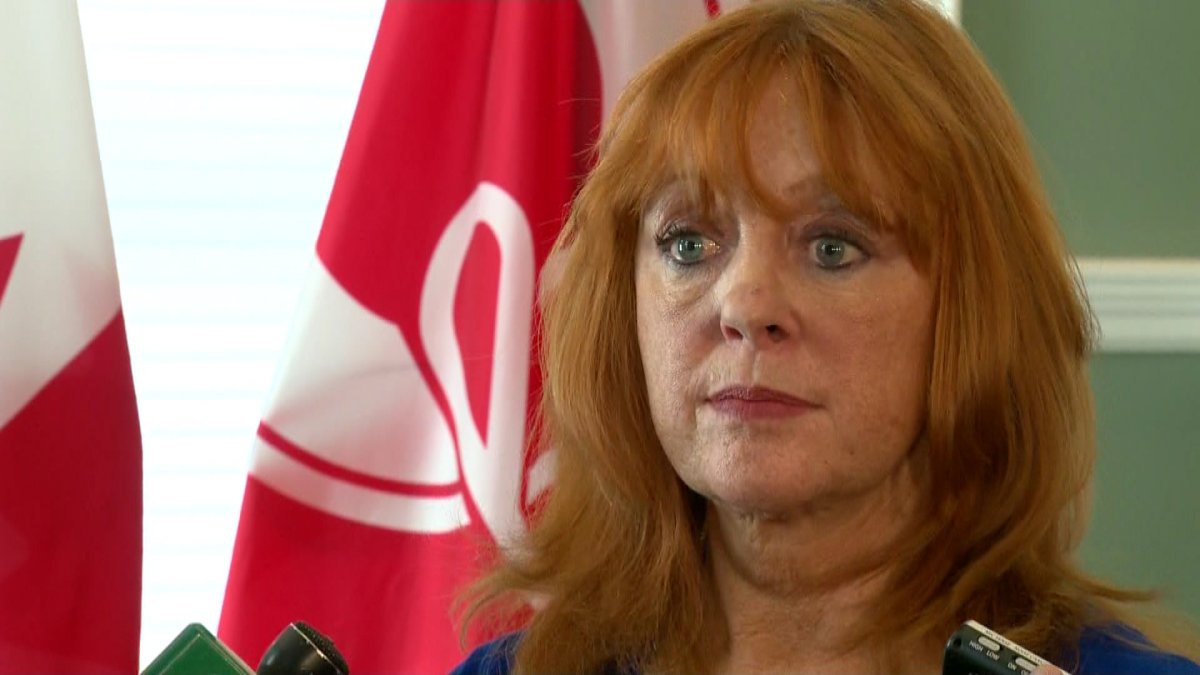There is a significant gender gap in Canadian politics. The 2011 federal election sent a record number of female MPs to the House of Commons, but it was still only 24 per cent of the total (only 31 per cent of all candidates were women). At first glance, the situation is much better in the provinces. After all, there are currently five provincial premiers (Alison Redford in Alberta, Kathleen Wynne in Ontario, Pauline Marois in Quebec, Christy Clark in BC, and Kathy Dunderdale in Newfoundland) and one territorial leader (Eva Aariak in Nunavut) who are female. But this equality at the top masks a large gender gap in the legislature. The representation by women in provincial legislatures ranges from 10-36 per cent. In Alberta, it is only 26 per cent.

My colleague, Lori Williams, looked at the numbers and what she found tells us that it is at the municipal level where women have the highest representation. This is due for a number of reasons. First, there is a lack of political parties in municipal elections. Second, there is less money required to run, and therefore fundraising is not as big an issue. Third, you do not have the travel that is required in provincial or federal politics which often penalizes women with children. Fourth, municipal politics deals with grassroots issues and those involved informally, such as working for a community association, find it an easier transition to council.
Traditionally, Calgary has illustrated the greater gender equality in municipal politics. At the aldermanic level, 36-43 per cent were female for much of the last thirty years. Although it is true that Calgary, unlike other major Canadian cities, has never had a female mayor. The closest were Bev Longstaff who finished second in 2001 by only 1.9 per cent, Barb Higgins who finished third in 2010, and Sue Higgins who finished a distant second in 1983.
- Toronto’s construction season traffic is ‘unacceptable.’ Is there a better way?
- Why MP questions put the Bank of Canada governor in a political minefield
- More foreign interference action coming after inquiry report, India arrests: LeBlanc
- U.K. bans generic passwords over cybersecurity concerns. Should Canada be next?
# Male Aldermen | # Female Aldermen | |
2010 | 11 (78%) | 3 (22%) |
2007 | 11 (78%) | 3 (22%) |
2004 | 8 (57%) | 6 (43%) |
2001 | 9 (64%) | 5 (36%) |
1998 | 8 (57%) | 6 (43%) |
1995 | 9 (64%) | 5 (36%) |
1992 | 8 (57%) | 6 (43%) |
1989 | 8 (57%) | 6 (43%) |
1986 | 9 (64%) | 5 (36%) |
1983 | 11 (78%) | 3 (22%) |
1980 | 11 (78%) | 3 (22%) |
1977 | 9 (64%) | 5 (36%) |
1974 | 8 (67%) | 4 (33%) |
1971 | 11 (92%) | 1 (8%) |
However, it is possible that Calgary city council could be all-male in 2013. There are three female incumbents running (Druh Farrell in Ward 7, Gael MacLeod in Ward 4, and Diane Colley-Urquhart in Ward 13) and two of them are in very tight races. Farrell is being challenged by Kevin Taylor who she defeated by only 4.5 of the vote in 2010, and MacLeod is being challenged by Sean Chu who she defeated by only 5.6 per cent of the vote in 2010.
In addition, both Taylor and Chu are being supported by the home builders and the Manning Centre. This gives them an edge in money, political training, and possibly the get out the vote (GOTV) effort. At this moment, Diane Colley-Urquhart looks safe, but anything can happen on election day. It is also unlikely that a new woman will emerge on city council because there are no strong female challengers out there. In fact, there only seven out of 49 councillor candidates are female (14 per cent).
What explains this shift away from the progress that women have made in Calgary municipal politics? Obviously more research is needed, but here are some tentative ideas. First, campaigns are becoming more and more expensive. In the 2010 election, the average winning candidate spent over $92, 000. Second, the tone of city politics has become more negative and personal. This is especially true with the rise of social media.
Will we see an all-male Calgary city council? Probably not, but 20 per cent is nothing to be proud of.





Comments